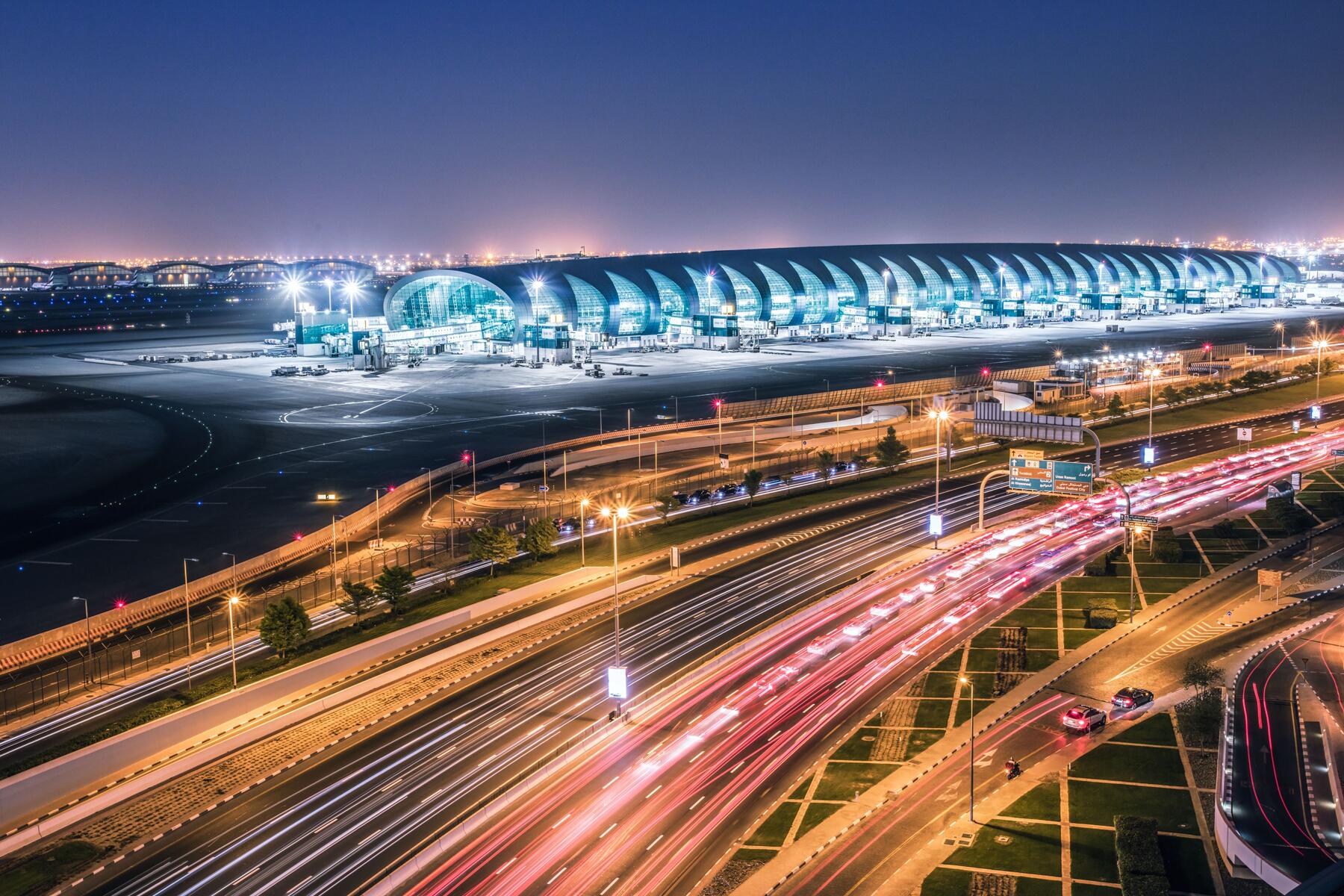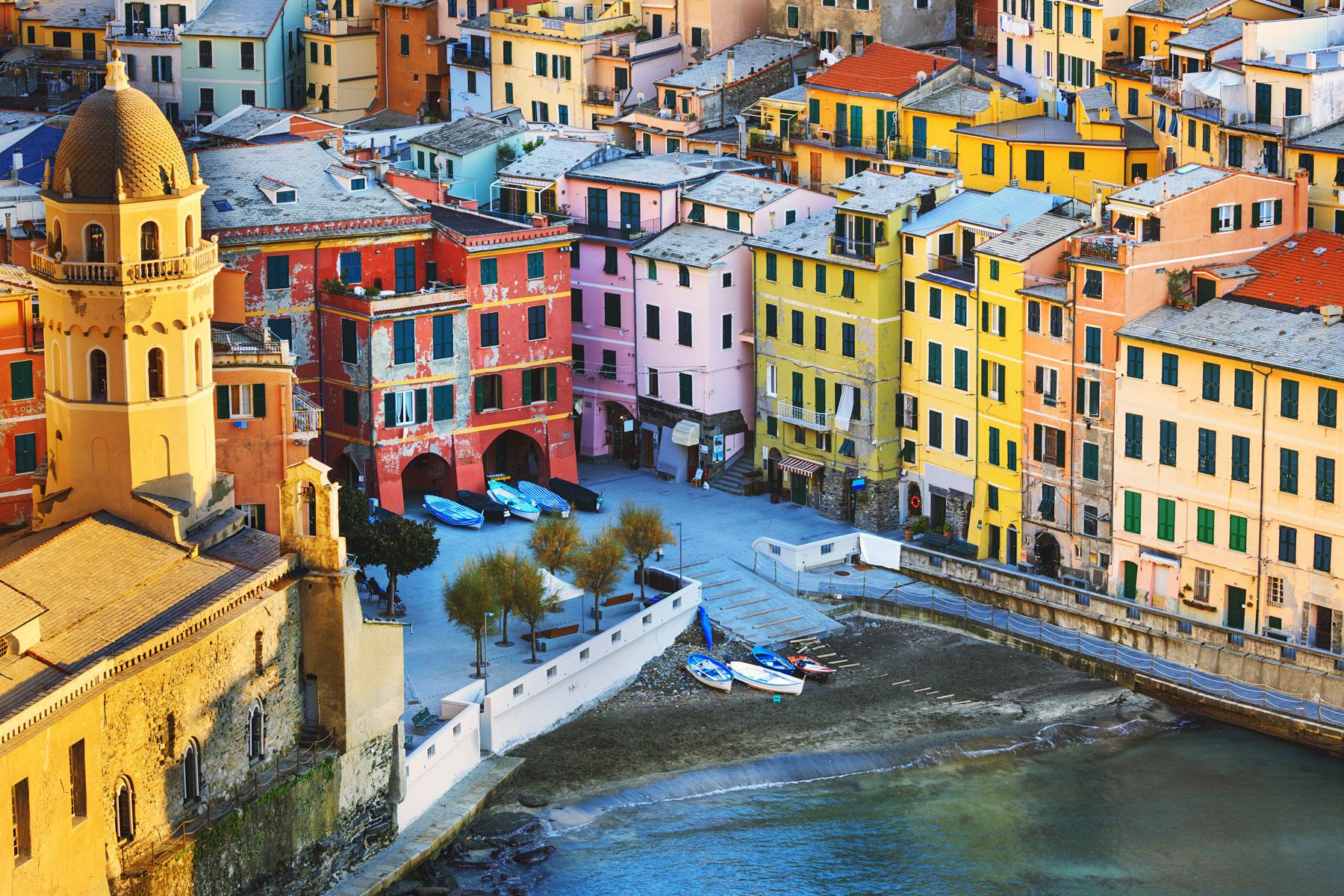Take notice.
All through April, the India Meteorological Department tweeted warnings of heatwaves in the country, mostly in the northern states. Step outside in Gurgaon, a city just southwest of New Delhi, in the afternoon, and you are hit by dry hot air, making you feel like you’re standing in front of dozens of AC condenser units. I should know because last month when I was running some errands with my mother, we both came home with heat stress. While I recovered quickly, she threw up most of the evening. The heat is brutal and unrelenting, and this is just the beginning.
Summer Hit Early
It was the hottest March the country has experienced in 122 years (33.10 degrees Celsius or 91.58 degrees Fahrenheit). Many parts of India recorded unprecedented temperatures in April—it was the fourth hottest for the country as a whole at 95.09 degrees Fahrenheit. May and June, which are normally the hottest months in some states, are also expected to see above-normal temperatures this year.
On May 10, a Yellow alert was sounded in Delhi by the department—the temperatures will rise to 44 degrees Celsius (111.2 degrees Fahrenheit). Rajasthan and Gujarat will face temperatures a few degrees higher. On the other side of the country, the northeast is currently under warning due to severe cyclonic storm Asani, which may provide some relief to northwestern and central states in the coming days but won’t last long.
Recommended Fodor’s Video
“Heatwaves are common in India, but never so early. Then, heat waves are [normally] localized, but this time, it is widespread almost all across [the country],” Aditi Mukherji, a principal researcher at Delhi’s International Water Management Institute, told CBC News.
According to experts, the situation is likely to get worse in the coming years. The Intergovernmental Panel on Climate Change (IPCC) has predicted that India will face devastating consequences of climate change, and more frequent and intense heatwaves are in its future. “Globally, heat and humidity will create conditions beyond human tolerance if emissions are not rapidly eliminated; India is among the places that will experience these intolerable conditions,” the report said.
Poor Are Affected Disproportionately
It’s a privilege to stay in air-conditioned homes and offices. As is always the case with climate change and extreme weather conditions, the poor are the first to face the brunt of it.
According to reports, more than half the world’s population that’s vulnerable to life-threatening heat stress is in India. Daily wage workers, streetside sellers, autorickshaw drivers, and many others have no option but to step out in hellish heat. With less than 50% of the population having access to safely managed drinking water, it’s often the responsibility of women to trudge buckets of water for miles in rural and remote regions. In urban areas too, people queue up for hours in front of water tankers—often early in the morning—to fill their buckets. Forget air conditioning, the hike in demand has led to power cuts in the country, so they can’t even rely on a fan to offer respite.
Due to a coal shortage, some regions in the country experienced power cuts for up to eight hours a day on the blistering days in April. In the western state of Maharashtra—where the financial capital Mumbai is—at least 25 people have died from heat strokes.
From crop failure and birds suffering from heatstroke to school closures and canceled trains, the impacts are far-reaching. The headlines, however, in the country are sadly lacking. Independent journalist Faye D’Souza posted on Instagram about the red-hot weather and urged the country to pay attention to climate change.
Not the First Time
As per research by the country’s meteorologists, over 17,000 people have died due to heatwaves in the last 50 years. In 2019, the country went through more than 30 consecutive days of excessive heat in the northern and central regions. Temperatures crossed 48 degrees Celsius (114 degrees Fahrenheit) in Delhi—the highest ever—and monsoon season was delayed. It was one of the longest heatwaves in the nation and at least 36 people perished due to it.
In 2015, the recorded number of casualties was even higher at 2,330. Back in 2002, the temperatures peaked at 50 degrees Celsius (122 degrees Fahrenheit) and the death toll was more than 1,000 in the southern states.
There is a national framework under the National Disaster Management Authority that prepares for such events. Local governments and agencies issue warnings and advisories, and take measures (like closing schools) to keep the most vulnerable population safe. But without climate action, these mitigation policies will have little impact on those worst affected.
Climate Change Needs Global Action
Global warming sees no borders, so India is not the only country getting cooked—record-breaking temperatures are being reported everywhere. In 2021, Greece lived with extreme heat as wildfires raged in the country. The U.S. and Canada, too, faced shocking heatwaves last summer. As a matter of fact, water levels are rising and cities are sinking; air pollution is killing people around the world; and extreme weather events are increasing.
Countries have been convening for decades to take action on climate change. These meetings are called Conference of the Parties and the most recent, COP26, happened in Glasgow in November. Since the Paris Agreement in 2015, the aim is to keep the global temperature from rising more than 1.5 degrees Celsius above the pre-industrial levels.
This will require countries to switch to renewable energy, invest in green sources, and reduce carbon emissions—something that may throw a spanner in the works of poor nations. Rich countries have a historical responsibility for climate change (they have caused 50% of greenhouse gas emissions in order to develop), so developing countries need them to take accountability and offer compensation. This has been a bone of contention for years.
Another thing to understand is that these conferences are the epitome of global politics—each country, government, and regime has a different agenda and motivations (remember when former President Trump opted out of the Paris Climate Agreement?). Climate declarations and pledges are not legally binding, so if countries fail to achieve their targets, not much can be done about it internationally. That’s why it’s so important to pick leaders locally and nationally who care about climate change.
Climate scientists have been ringing alarm bells for decades and there’s a new one this week. A study by the World Meteorological Organization (WMO) revealed that there’s a 50-50 chance that we’ll breach the 1.5 degree Celsius mark in the next five years. This will have terrible consequences around the world (hurricanes, floods, heat waves) with billions in economic losses and displacement and a staggering loss of human lives. Rich or poor, India or the U.S., we are all in the same boat.
If it hasn’t directly affected you yet, it will reach your doorstep soon enough.



